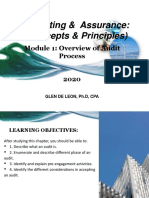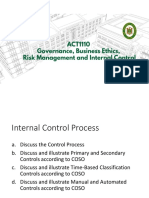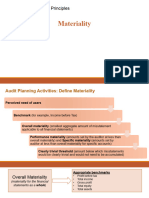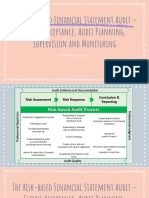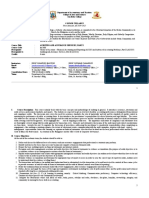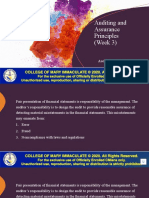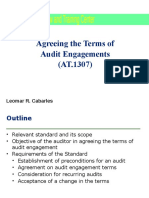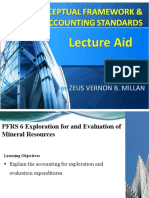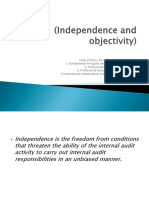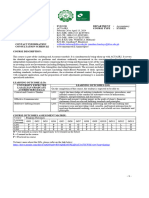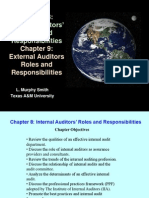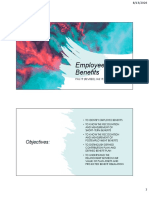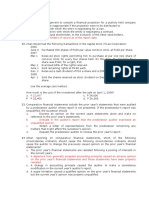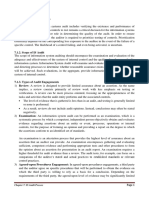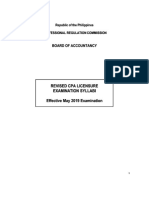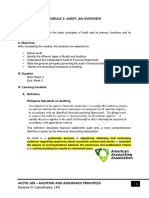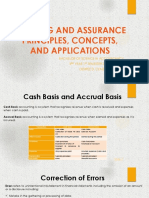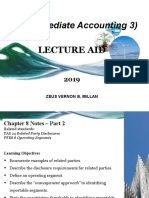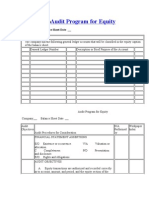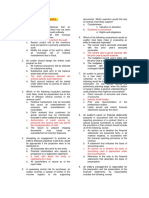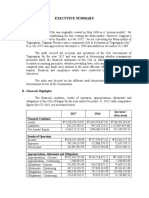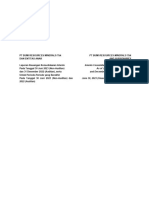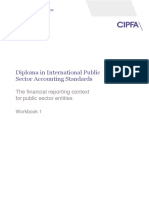0% found this document useful (0 votes)
228 views13 pagesModule 1 - Overview of The Auditing
The document provides an overview of the audit process, outlining its objectives, requirements, and phases. It describes the overall goal of an audit is to obtain reasonable assurance about whether financial statements are free of material misstatement. The audit process involves 7 phases - pre-engagement, planning, internal control consideration, evidence gathering, completion, issuance of report, and post-audit responsibilities. It emphasizes the importance of professional skepticism, judgment, sufficient evidence, and conducting the audit in accordance with auditing standards.
Uploaded by
Jesievelle Villafuerte NapaoCopyright
© © All Rights Reserved
We take content rights seriously. If you suspect this is your content, claim it here.
Available Formats
Download as PDF, TXT or read online on Scribd
0% found this document useful (0 votes)
228 views13 pagesModule 1 - Overview of The Auditing
The document provides an overview of the audit process, outlining its objectives, requirements, and phases. It describes the overall goal of an audit is to obtain reasonable assurance about whether financial statements are free of material misstatement. The audit process involves 7 phases - pre-engagement, planning, internal control consideration, evidence gathering, completion, issuance of report, and post-audit responsibilities. It emphasizes the importance of professional skepticism, judgment, sufficient evidence, and conducting the audit in accordance with auditing standards.
Uploaded by
Jesievelle Villafuerte NapaoCopyright
© © All Rights Reserved
We take content rights seriously. If you suspect this is your content, claim it here.
Available Formats
Download as PDF, TXT or read online on Scribd
/ 13
